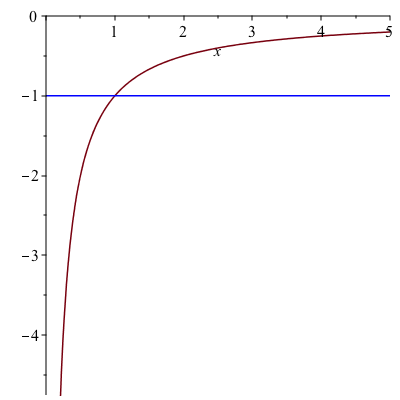In classical physics, the sign of a potential (say, gravitational potential or electric potential) is merely a convention. For example, since the electric field $\mathbb{E}$ is conservative, it is the gradient of some potential, which we call the electric potential or Coulomb potential $V$, so it can be written as $\mathbb{E}=\nabla V$ or $\mathbb{E}=-\nabla V$. Mathematically, it doesn’t matter whichever you use. If you choose $\mathbb{E}=\nabla V$, Coulomb potential should be $V=-\frac{1}{4\pi\epsilon_0}\frac{Q}{r}$ and if you choose $\mathbb{E}=-\nabla V$, $V=\frac{1}{4\pi\epsilon_0}\frac{Q}{r}$. In physics, the usual convention is $\mathbb{E}=-\nabla V$ and it is interpreted as electric field pointing downhill towards lower voltages.
On the other hand, in quantum mechanics the sign of Coulomb potential matters and it does depend on the problem that you are studying. In a hydrogen atom or a hydrogen-like atom (for example, an ionized helium atom $\mathrm{He}^+$) an electron is trapped in the atom by Coulomb force between proton and electron. In this case, we say the electron is in a bound state. The bound state with the minimum energy is called the ground state and the minimum energy is called the ground state energy. A bound state with energy higher than the ground state energy is said to be unstable and the electron in an unstable bound state always tend to move to the ground state by emitting photons. Modeling bound state of a hydrogen atom or a hydrogen-like atom requires negative Coulomb potential $V(r)=-\frac{Z\alpha}{r}$ as seen in the following figure.

In this simple figure, the electron is trapped in the region $0<r<1$. The figure also clearly shows you that bound state energy must be negative. By drawing a picture, one can easily see that bound state cannot be modeled with positive Coulomb potential, but positive Coulomb potential is used to model scattering of a particle.
